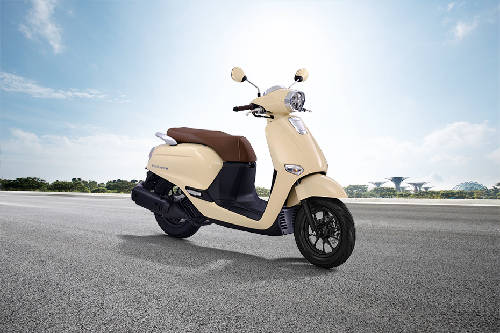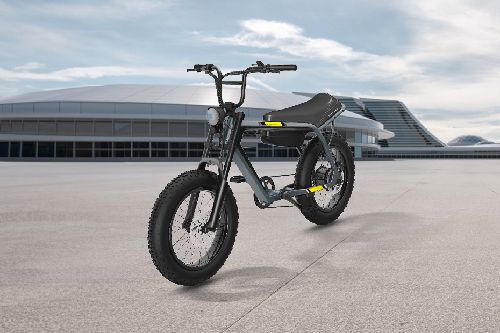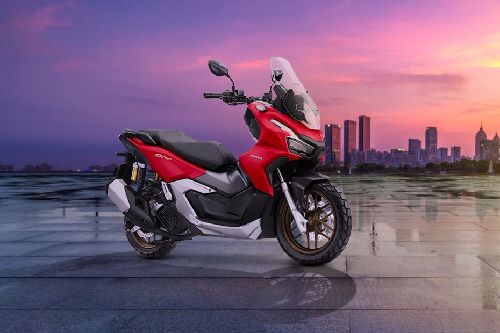How to avoid common motorcycle accidents

- KEY TAKEAWAYS
- Understanding common causes of motorcycle accidents
- Left-hand turn collisions
- Speeding and reckless driving
- Blind spots and lane changing
- Proper gear and attire for safe riding
- Choosing the right helmet and other protective gear
- Appropriate clothing for motorcycle riding
- Essential motorcycle maintenance and inspection
- Regularly check the brakes and tires
- Ensure proper functioning of lights and signals
- Defensive riding techniques
- Stay alert and focused on the road
- Keep a safe following distance
- Avoid riding in blind spots
- Tips for riding in bad weather conditions
- Slow down and take it easy
- Prepare your motorcycle for wet or slippery roads
- Adjust riding techniques for wind and fog
- Avoiding distractions, fatigue, and impaired riding
- Avoid riding when tired or distracted
- Never ride under the influence of drugs or alcohol
- Dealing with other road users
- Anticipate and avoiding dangerous driver behaviors
- Communicate with other drivers using signals
- Know when to yield or take evasive action
- Motorcycle safety training and education for riders
- Enroll in formal motorcycle training programs
- Learn from experienced riders and professionals
Riding a motorcycle can be an exhilarating experience, but it also comes with inherent risks. As a rider, you are much more vulnerable to accidents on the road than those driving in cars. However, by following some simple safety tips and adopting smart riding habits, you can significantly reduce your risk of being involved in a motorcycle accident.
KEY TAKEAWAYS
Do I need to wear a helmet while riding a motorcycle?
Yes, wearing a helmet is essential for protecting your head and brain in the event of an accident.How can I improve my visibility to other drivers on the road?
Wearing bright, contrasting colors can help improve your visibility to other drivers. Additionally, using reflective materials on your clothing or motorcycle can help make you more visible in low light conditions. Always use your headlights, even during the day, and consider installing additional lights or signal flashers.Understanding common causes of motorcycle accidents
As a motorcycle rider, it is important to know the common causes of motorcycle accidents so that you can take steps to avoid them.
Left-hand turn collisions
One of the most common types of motorcycle accidents is a left-hand turn collision. This occurs when a vehicle, often at an intersection, turns left in front of a motorcycle that is going straight or attempting to pass. To avoid this type of accident, it is important to slow down when approaching an intersection and make yourself visible to other drivers by using your headlights and wearing reflective gear.

Speeding and reckless driving
Speeding and reckless driving can also lead to motorcycle accidents. Motorcycles are more maneuverable than cars, but they also have a smaller profile, which can make them harder to see. To avoid accidents caused by speeding and reckless driving, always obey traffic laws, keep a safe following distance, and stay alert and focused on the road.
Blind spots and lane changing
Another common cause of motorcycle accidents is lane changing. Vehicles may not see a motorcycle in their blind spot when changing lanes, which can lead to a collision. To avoid this type of accident, stay out of blind spots and make sure you are visible to other motorists.

Proper gear and attire for safe riding
To reduce your risk of injury in the event of an accident, it is important to wear the proper gear when riding a motorcycle.
Choosing the right helmet and other protective gear
Your helmet is one of the most important pieces of protective gear you can wear. Make sure to choose a helmet that meets safety standards. Additionally, wear sturdy shoes with good traction to keep your feet from slipping off the pedals. Consider wearing gloves to protect your hands and a jacket with built-in armor to protect your torso.

Appropriate clothing for motorcycle riding
In addition to protective gear, it is important to wear appropriate clothing for motorcycle riding. This includes clothing that covers your arms and legs, as well as bright colors or reflective gear that makes you more visible to other drivers.
Essential motorcycle maintenance and inspection
Proper motorcycle maintenance is essential to staying safe on the road. Regularly inspect your motorcycle to ensure that everything is in working condition.
Regularly check the brakes and tires
Your brakes and tires are two of the most important components of your motorcycle. Regularly check the brake pads and brake fluid levels to make sure your brakes are working properly. Additionally, check your tires for proper inflation, tread wear, and damage.

Ensure proper functioning of lights and signals
Make sure all your lights and signals are in working order and clean, as dirty or defective lights can compromise your visibility. Regularly check your turn signals, brake lights, and headlights to make sure they are working properly.
Defensive riding techniques
To stay safe on the road, use defensive riding techniques to anticipate potential hazards.
Stay alert and focused on the road
Avoid distractions such as texting and talking on the phone.
Keep a safe following distance
Maintain a safe following distance from the vehicle in front of you. This will give you more time to react if the car suddenly brakes or swerves.

Avoid riding in blind spots
Avoid riding in a car's blind spot by positioning yourself further to the left or right of the lane. Additionally, use your headlights and horn to make yourself more visible to other drivers.

Tips for riding in bad weather conditions
Riding a motorcycle in bad weather conditions can be dangerous, but sometimes it's unavoidable. Here are some tips for staying safe:
Slow down and take it easy
One of the best things you can do when riding in bad weather is to slow down and take it easy. Wet or slippery roads mean you will need to use more caution and make wider turns. Adjusting your speed and approach can help reduce the risks of an accident.
Prepare your motorcycle for wet or slippery roads
Check your tires for proper tread depth and inflation. Also, make sure your brakes and lights are functioning properly.

Adjust riding techniques for wind and fog
Wind and fog can create hazardous riding conditions. To adjust, grip your handlebars firmly and lean slightly into the wind to maintain balance. When riding in fog, turn on your headlights and ride slower to increase your reaction time.
Avoiding distractions, fatigue, and impaired riding
Riding a motorcycle requires focus and attention. Here are some tips for staying alert and avoiding distractions:
Avoid riding when tired or distracted
It is important to be well-rested, sober, and focused before getting on a motorcycle. If you are feeling fatigued or distracted, pull over and take a break.
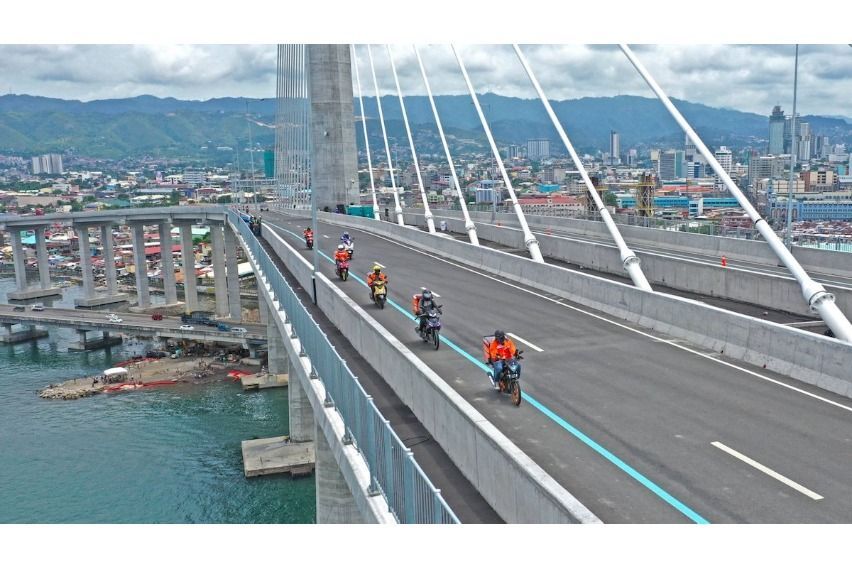
Never ride under the influence of drugs or alcohol
Riding a motorcycle under the influence of drugs or alcohol is incredibly dangerous. It is never worth risking your life or the lives of others. Always stay sober before getting on your bike.
Dealing with other road users
Other drivers can be unpredictable and pose a risk to motorcyclists. Here are some tips for dealing with drivers on the road:
Anticipate and avoiding dangerous driver behaviors
Be aware of common driver behaviors, like sudden lane changes or turning without signaling. Anticipating these actions can help you avoid a collision.
Communicate with other drivers using signals
Use hand signals or gestures to communicate with other drivers. This can help you avoid misunderstandings and accidents.

Know when to yield or take evasive action
Sometimes, you may need to yield or take evasive action to avoid a collision. Knowing when to do this can help reduce your risk of accidents while riding.
Motorcycle safety training and education for riders
Proper training and education can help you become a safer and more confident rider. Here are some tips for improving your skills:
Enroll in formal motorcycle training programs
Enroll in formal motorcycle training programs to learn important skills and techniques. These programs can help you become a safer and more confident rider.

Learn from experienced riders and professionals
Experienced riders can offer valuable insight and help you avoid common mistakes. Seek out advice and tips from those who have been riding for longer or have specific experience.
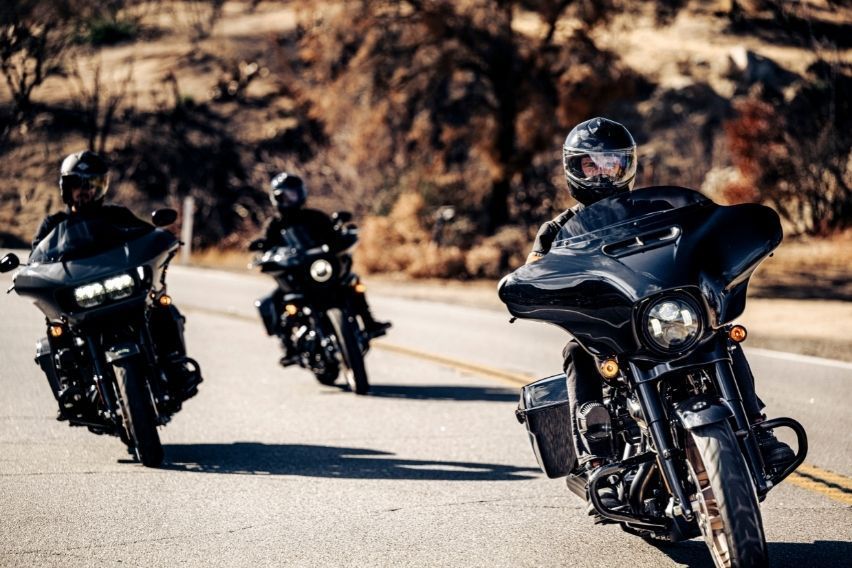
By following these tips for avoiding common motorcycle accidents, you can significantly reduce your risk of serious injury or death while riding. Remember to always ride defensively and anticipate potential hazards on the road. Always wear appropriate protective gear, maintain your motorcycle properly, and never ride under the influence of drugs or alcohol. With practice, experience, and a commitment to safety, you can enjoy the thrill of riding a motorcycle while minimizing the risks.
Photos from Philippine News Agency, BMW Motorrad, Suzuki Philippines, Harley-Davidson Philippines, Metro Manila Development Authority, Cebu-Cordova Link Expressway Facebook page, Bosch, and Honda Philippines Inc.
Trending & Fresh Updates
- Latest
- Popular
You might also be interested in
- News
- Featured Stories
Featured Motorcycles
- Latest
- Upcoming
- Popular
Motorcycle Articles From Carmudi
- journal
- advice
- insurance























